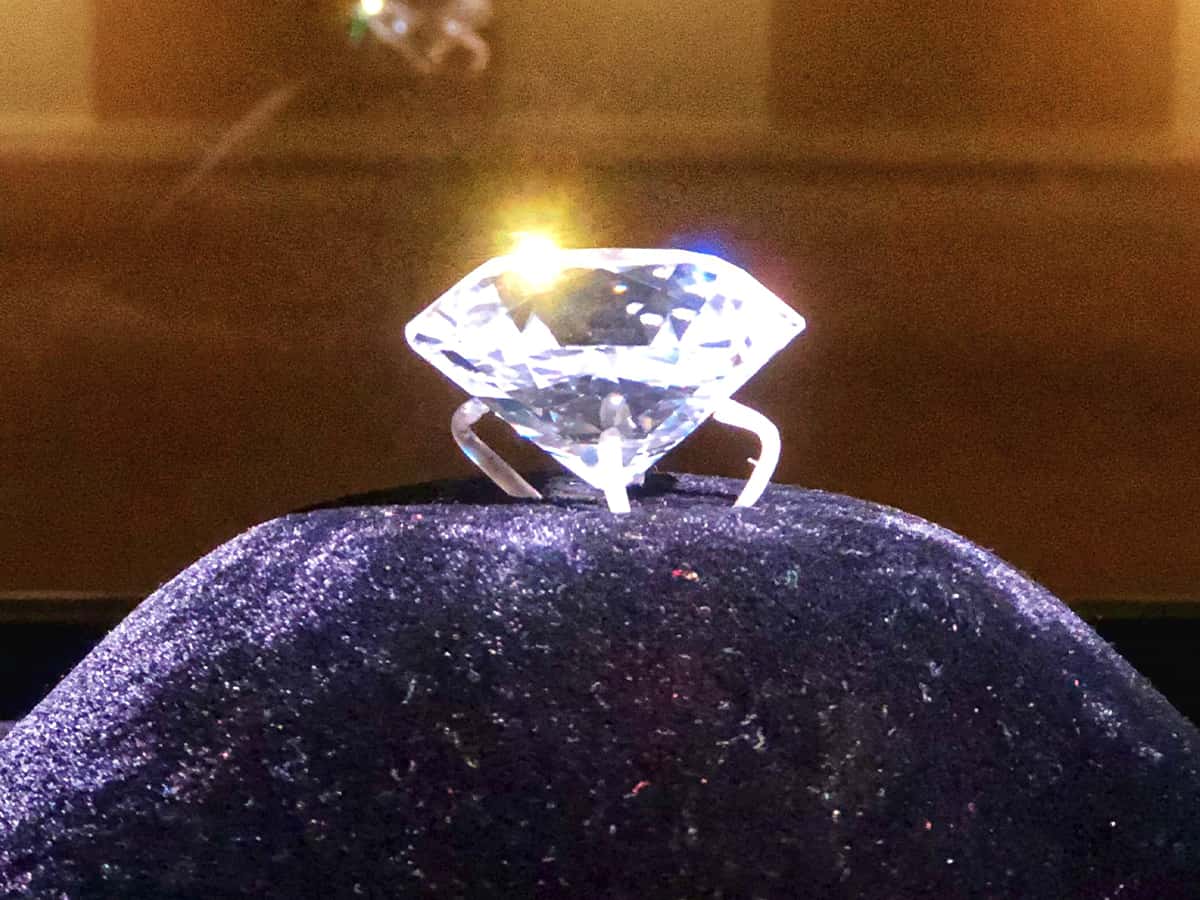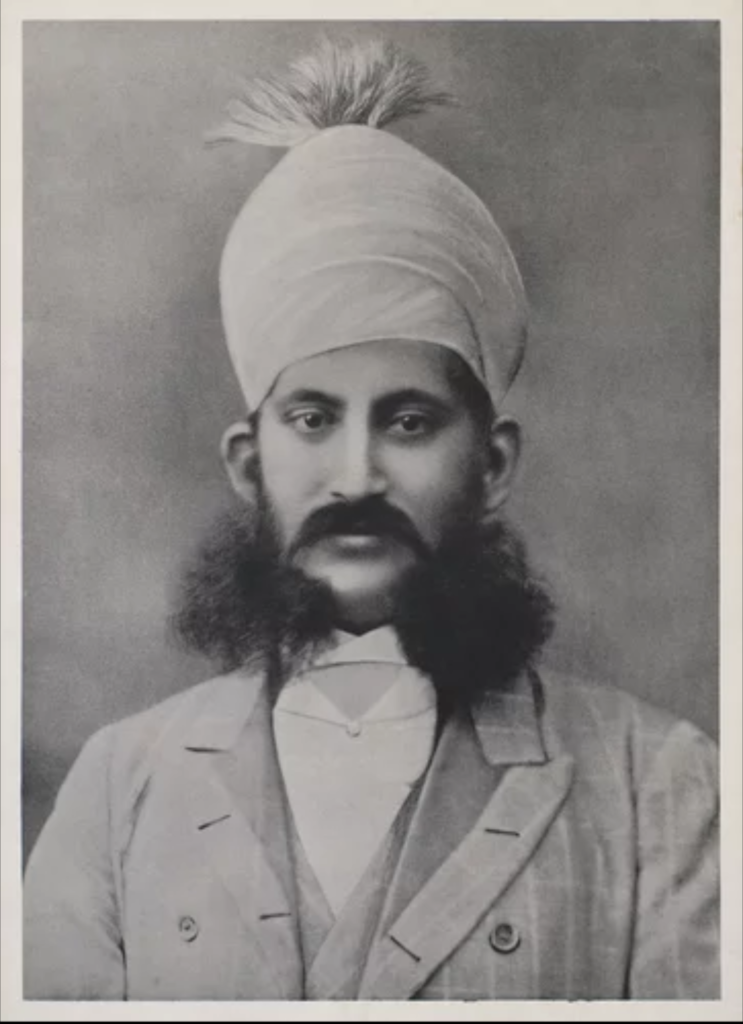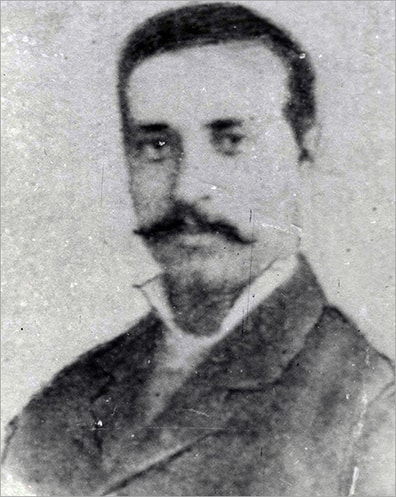
A diamond known as the Jacob Diamond, reportedly bigger than the Kohinoor in its uncut stage, was found lying forgotten in one of the shoes of the Sixth Nizam of Hyderabad, Mir Mahboob Ali Khan at the Chowmohalla palace. After it was handed over to the Seventh Nizam, Mir Osman Ali Khan, the latter used it as a paperweight and this diamond, valued at Rs 1000 crores at that time, lay on his table for many years.

It was a large colourless diamond that was mined in South Africa. After cutting and polishing it was ranked as the fifth-largest diamond in the world. It was cut with 58 facets and weighed 184.75 carats. In 1995 it was bought by the Government of India for an estimated $ 3 million in 1995 and is now kept safely within the vaults of the Reserve Bank of India in Mumbai.
But like many famous diamonds, this one too has a story behind it. The diamond is named after its first individual owner who was a man named Alexander Malcolm Jacob. He was an art dealer who had connections in high places and was a close confidant of British Viceroys and Indian princes. Among his wide circle of acquaintances was also the Sixth Nizam Mir Mahboob Ali Khan, the ruler of Hyderabad between 1869 and 1911.
Jacob was born in Turkey as a Jacobite Christian, and his father was a soap manufacturer. At age ten, Jacob was sold as a slave to a Pasha, who educated him. Later Jacob moved to Bombay (Mumbai), where he worked as a clerk based on his knowledge of Arabic. In the 1870s Jacob arrived in Shimla and founded a business trading in precious gemstones. The success of the business allowed him to build a luxurious house, known as Belvedere in Shimla.

Some reports said that Jacob was also a spy working for undisclosed foreign powers. Jacob never denied nor confirmed any allegation. Some researchers claimed that Rudyard Kipling in his novel, Kim, had created the character of Lurgan Sahib of the British Secret Service after Jacob. American author F. Marion Crawford is said to have written the novel Mr Isaacs about him in 1882.
In 1891 Jacob purchased the diamond from a diamond syndicate in Amsterdam and decided to sell the gem and live happily ever after on the profit he would make. He approached several buyers before finalising a deal with the Sixth Nizam of Hyderabad. But that is when things began to go wrong.
The Nizam initially paid an advance. Jacob then paid the full price to the Dutch company. But for unknown reasons, the Nizam thereafter refused to pay Jacob the agreed price. There are different reasons which have been put forward for this. According to some reports, there was pressure from the British resident in Hyderabad to back out of the deal because Jacob was a Russian spy. Other reports said that Nizam suddenly developed an aversion towards the diamond. He felt that it was not as big and beautiful as he had been led to believe. The Nizam sued Jacob for fraud.
So there was a prolonged legal battle. The whole process caused Jacob immense stress and financial hardship. Eventually, he was forced to accept a reduced price for the diamond. But the Nizam, after winning his legal battle in court, showed no further interest in the diamond. In his palace, the diamond gained the nickname of Manhoos Hira and the Nizam tucked it into one of his many shoes and forgot all about it.
After his death in 1911, it was retrieved from the shoe and handed over to his son and successor Mir Osman Ali Khan. The latter too was not very attracted to the huge sparkling diamond and merely kept it on his table as a paperweight. That continued till the Indian government purchased it.
On 10 January 1921, an obituary notice was published in the Bombay edition of The Times of India to mourn A.M. Jacob, aged seventy-one years. No mention was made of any grieving family member or the cause of death. So the man who once owned the fifth largest diamond in the world died a pauper. A man whose life resulted in more than a hundred newspaper articles and three major books died as an unknown recluse in Mumbai. At the time of his death, there was no one who stood by him.



